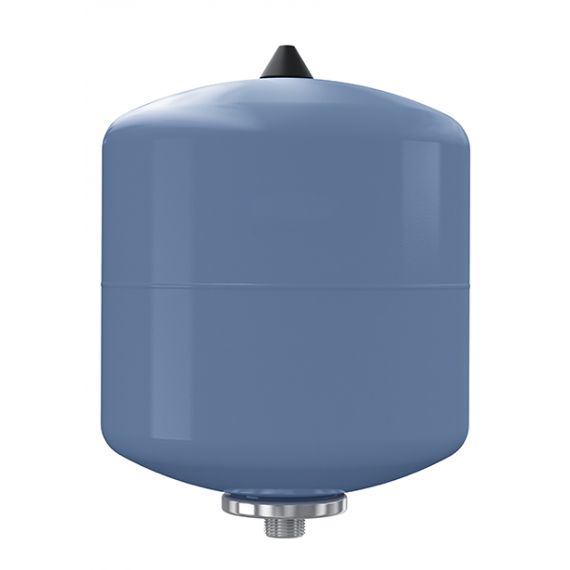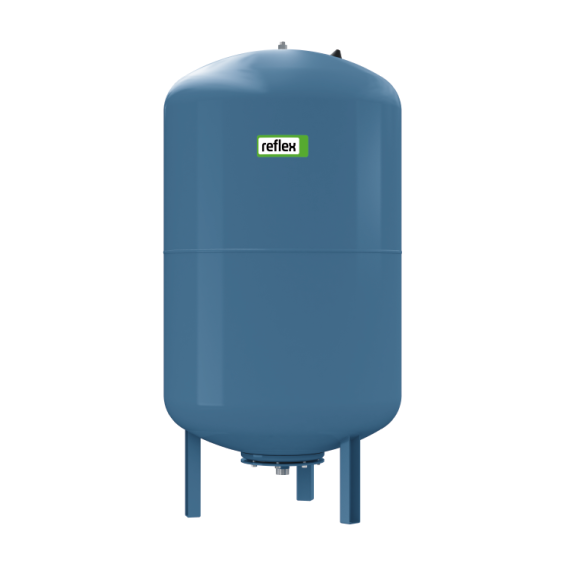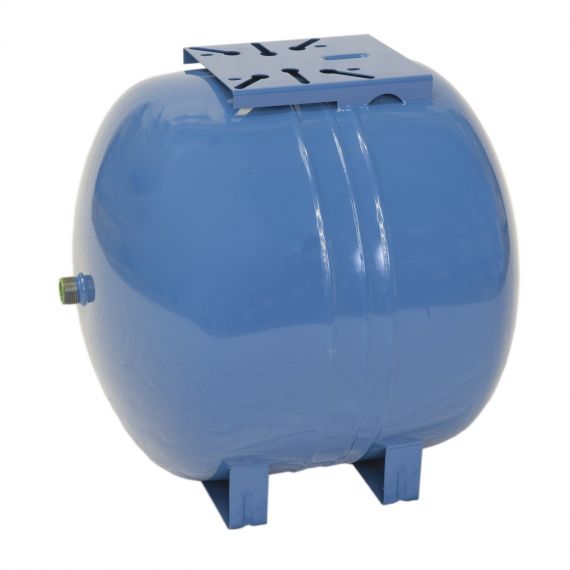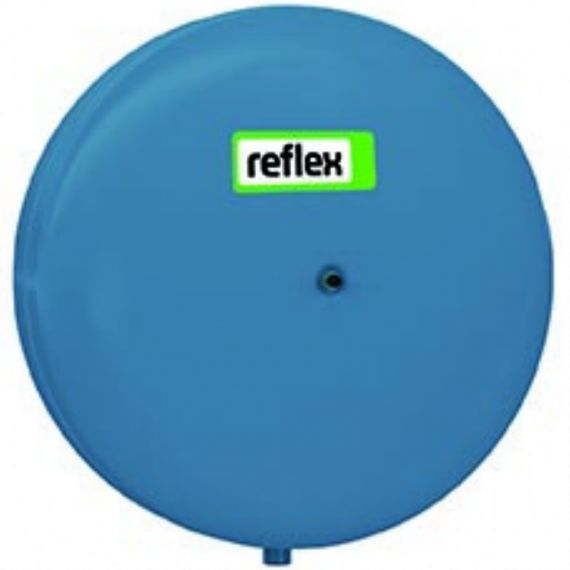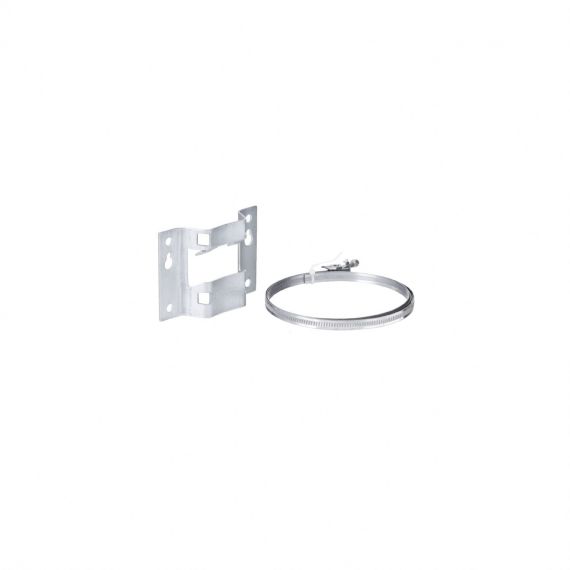VERTICAL POTABLE WATER EXPANSION VESSEL 8-33 LITRES
● Max working pressure: 10 bar
● Max vessel operating temperature: 70°C
● Factory pre-charge: 4.0 bar - nitrogen
● System water connection thread: BS EN ISO 228 - male
● Membrane: Fixed ButylVERTICAL POTABLE WATER EXPANSION VESSEL 50-1000 LITRES
● Max working pressure: 10 bar
● Max vessel operating temperature: 70°C
● Factory pre-charge: 4.0 bar - nitrogen
● Membrane: Replaceable Butyl (PV140W: Fixed Butyl)
● System water connection thread: BS EN ISO 228 - male 140 litre size: BS EN 10226 - male
● Top connection 80 litre +
● 300l - 1000l vessels palletisedHORIZONTAL POTABLE WATER EXPANSION VESSEL 25-100 LITRES
● Max working pressure: 10 bar
● Max vessel operating temperature: 70°C
● Factory pre-charge: 2.0 bar - nitrogen
● System water connection thread: BS EN ISO 228 - male
● Membrane: Fixed ButylVFD POTABLE VESSELS
● Max working temperature: 70°C
● Membrane: Fixed Butyl
● Threaded stainless steel connection
● Integrated bracketPOTABLE WATER EXPANSION VESSELS C/W INTEGRATED BRACKETS
● Max working pressure: 10 bar
● Max vessel operating temperature: 70°C
● Membrane: Fixed Butyl
● Integrated bracket
Helpful articles about Domestic Plumbing & Heating
Can’t find what you’re looking for?
If you still require further assistance finding the product or service you need, why not get in touch with our dedicated team of experts? Alternatively, you can find your nearest stockist of Altecnic products.
Find a Stockist
Altecnic products are available across the UK, Northern Ireland and Republic of Ireland through all good trade counters. Find a stockist today.Contact Our Team
Our team of experts are always on hand to answer any questions you may have about our products. Contact us today with your query.
![]()
Having trouble finding the product you need?
Our team of experts are always on hand to assist you with any product queries you may have. Contact us today and let us point you in the right direction.

